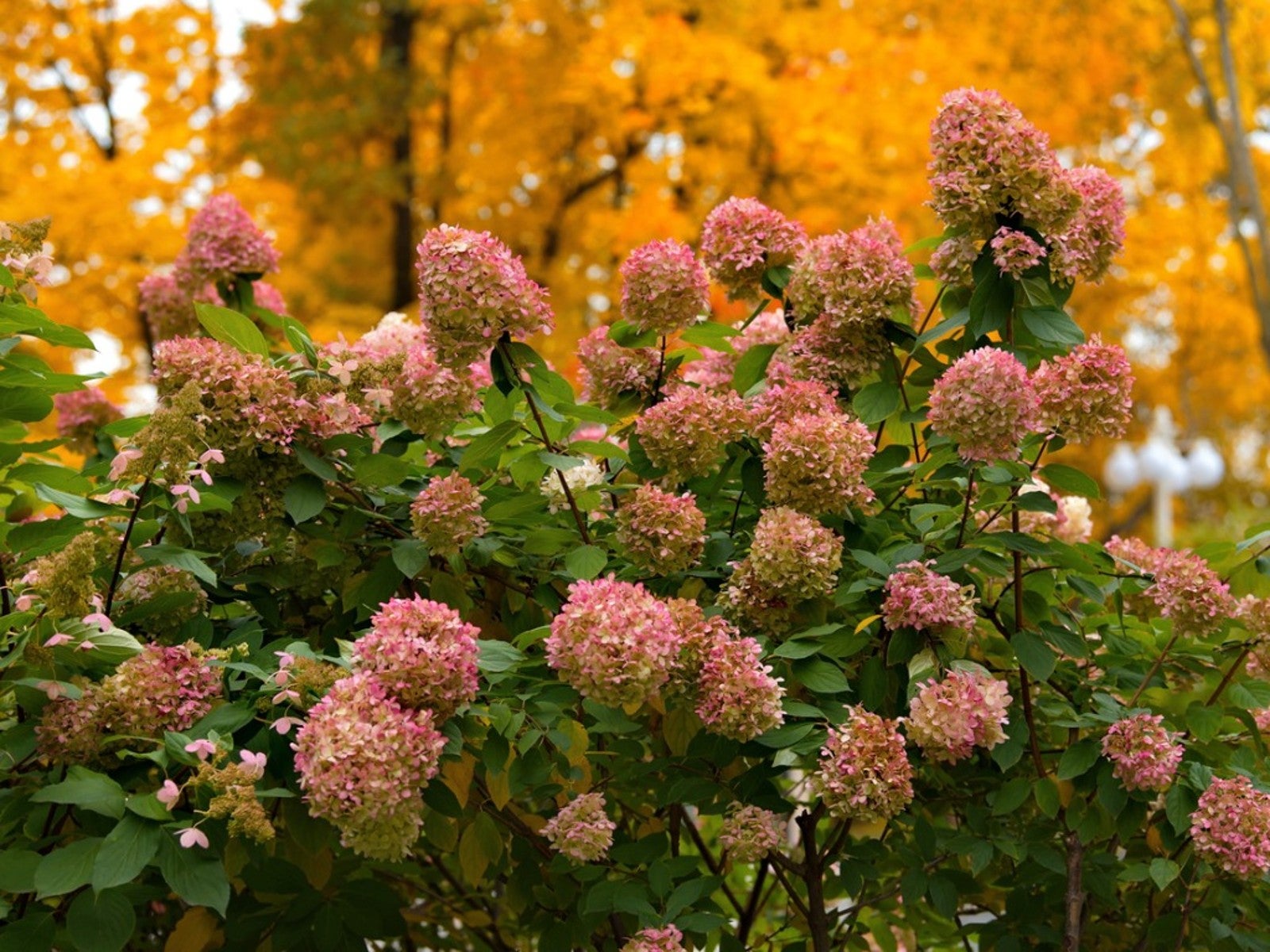Give yourself a gift by planting hydrangeas. This beautiful flowering plant boasts large clusters of colorful blooms, making it a stunning addition to your landscape.
Fall is an excellent time to plant hydrangeas With proper care and preparation, hydrangeas planted in fall can establish themselves over the cooler months and be primed for vigorous growth and beautiful blooms in spring and summer Here’s what you need to know about fall planting of hydrangeas.
Why Fall is a Great Time to Plant Hydrangeas
Fall offers several key advantages for planting hydrangeas
-
Cooler temperatures – Hydrangeas prefer cooler conditions and can more easily acclimate to a new environment when planted in fall versus summer.
-
More rainfall – Fall tends to have more precipitation than summer, providing the regular moisture hydrangeas need to establish roots.
-
Time to prep roots – When planted in fall, hydrangeas have the entire winter to grow roots before leafing out in spring. This gives them a head start on growth.
-
Avoid frost damage – Fall-planted hydrangeas are dormant during winter, making them less susceptible to frost damage than spring plantings after growth has started.
##ideal Timing for Fall Hydrangea Planting
The optimal window for fall hydrangea planting is generally 4-6 weeks before your average first frost date. This gives them enough time to root before going dormant for winter. Areas with longer growing seasons can often plant later into fall.
If planting too close to frost, the roots may not establish in time and the plant can heave out of the ground over winter. Planting 6-8 weeks pre-frost is safer for colder climates.
Hydrangea Types that Thrive When Fall Planted
Most hydrangeas do very well when planted in fall, including:
-
Panicle hydrangeas – Extremely hardy, bloom on new wood. Excellent for fall planting.
-
Smooth hydrangeas – Native species, quite cold hardy, great choice for fall.
-
Oakleaf hydrangeas – Lovely fall foliage, very cold tolerant.
-
Climbing hydrangeas – Grow well when fall planted.
-
PeeGee hydrangeas – Sturdy panicle type, flowers on new wood.
Some exceptions are bigleaf and mountain hydrangeas, which can be trickier for fall planting depending on your climate zone. In zones 7+, they may still do fine planted in fall.
Preparing the Planting Site
When prepping a planting site for fall-planted hydrangeas:
-
Choose a spot with morning sun and afternoon shade. Most hydrangeas want some sun but not too much afternoon heat.
-
Improve drainage by mixing in compost or other organic material. Hydrangeas need well-draining soil.
-
Test soil pH. This will determine flower color of bigleaf varieties.
-
Remove any weeds that may compete for water and nutrients over winter.
Caring for Fall-Planted Hydrangeas
After planting your hydrangeas in fall, be sure to:
-
Water thoroughly 1-2 times per week until the ground freezes. This encourages good root establishment.
-
Add a layer of mulch over the root zone to insulate roots from temperature swings.
-
Avoid fertilizing at time of planting, which can spur growth before dormancy.
-
Prune only damaged branches until plants are well established next year.
Enjoying Hydrangeas Planted in Fall
With the right care when planting, hydrangeas added in fall develop extensive root systems over winter. They’ll be primed for vigorous growth in spring and abundant blooms in summer. Fall is an ideal planting time for hydrangeas in most regions. Just be sure to plant far enough ahead of your first frost date. Then you can look forward to their beautiful flowers gracing your garden when warmer weather returns.

Where to Plant Hydrangeas
The most important factors when choosing where to plant hydrangeas are light and moisture. In the South, plant them where they will receive morning sunlight and afternoon shade. With these conditions, you can grow the extremely popular French (also called bigleaf) hydrangea or panicle hydrangea. In northern regions, these same types of hydrangeas will grow in all-day sun.
The name hydrangea contains the root word “hydra” (like in hydration), which gives a clue about how much water these plants need. Make sure the spot you select is close to a water source. Know, too, that French hydrangeas tend to need the most water to thrive.
What Kind of Soil to Use for Hydrangeas
To grow hydrangeas in planting beds, focus on improving the native soil. One simple way to do that is to combine equal parts existing soil and Miracle-Gro® All Purpose Garden Soil. In warmer regions (zones 7 and warmer), where winter tends to be mild, you can also grow hydrangeas in containers. Create just the right environment for them by filling pots with Miracle-Gro® Moisture Control® Potting Mix.
It is worth noting that mophead and lacecap hydrangeas both change flower color based on soil pH, which is a measure of how alkaline or acidic the soil is. Flowers turn pink to red in alkaline soil, and lavender to blue in acidic soil.
How to Plant Hydrangeas in the Fall Season : Grow Guru
FAQ
Is it okay to plant hydrangeas in October?
According to McGee, hydrangea gardening is a year-round proposition: “You can plant hydrangeas any time the ground isn’t frozen,” he says. “But the premier time to plant is early spring and late fall.
How late in the fall can you plant a hydrangea?
However, the golden rule is to plant your hydrangeas 2-3 weeks before the fall frost date or 2-3 weeks after the spring frost.Oct 10, 2024
Is it safe to plant hydrangeas in the fall?
Fall is the best season to plant hydrangeas, followed by early spring. The idea is to give the shrub plenty of time to establish a healthy root system before blooming. The best time of day to plant is early morning or late afternoon. The cooler parts of the day offer protection against heat stress.
What month is best to plant hydrangeas?
